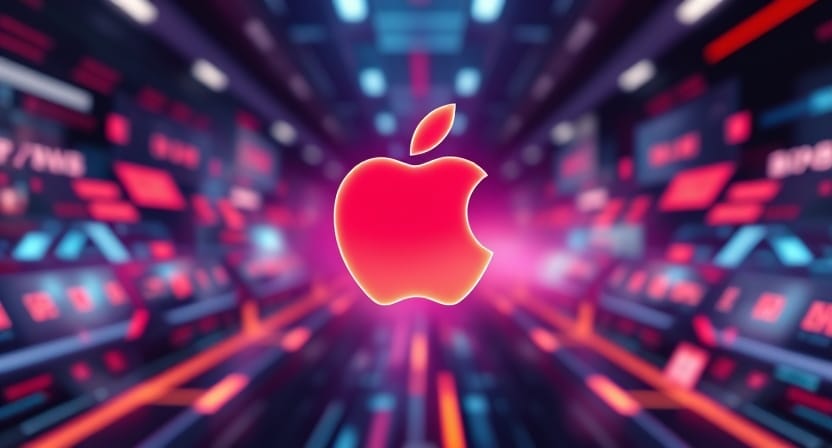iPhone 16 Sales: From High Hopes to Market Realities
4 min read
Introduction
The launch of a new iPhone is always a momentous occasion. With each new iteration, Apple enthusiasts and tech aficionados hold their breath, eagerly anticipating what innovations the tech giant has in store. However, as we dive into the sales performance of the iPhone 16, it’s clear that high hopes are colliding with market realities. In this article, we explore the factors contributing to the current sales trends, the implications of rising competition, and what Apple can do to navigate this evolving landscape. Whether you’re an Apple fan or just curious about market dynamics, join us as we dissect the story behind the iPhone 16’s sales.
The Sales Downfall: A Threefold Challenge
1. Rising Competition
One of the most significant factors affecting the iPhone 16’s sales is the increasing competition from brands like Samsung, Google, and OnePlus. These companies have been ramping up their game, offering high-quality smartphones at competitive prices.
- Samsung Galaxy Series: Known for their impressive hardware and innovative features, Samsung’s flagship models often rival iPhones in performance and capabilities. The recent Galaxy S series has been particularly popular among users looking for alternatives to the iPhone (link to Samsung Galaxy Series).
- Google Pixel Line: The Pixel phones have gained traction, especially with their superior camera technology and clean Android experience. Users appreciate the seamless integration of software and hardware, making it a worthy competitor (link to Google Pixel).
- OnePlus: Offering flagship-level specs at a mid-range price point, OnePlus has cultivated a loyal customer base, especially among younger consumers who are cost-conscious yet desire high performance (link to OnePlus).
2. Economic Factors
The current economic climate has also played a crucial role in iPhone 16 sales. With inflation impacting disposable income, many consumers are hesitant to spend on luxury items.
- Price Sensitivity: The starting price of the iPhone 16 may deter potential buyers, especially among Gen Z consumers, who are often on tight budgets. As student loans and living costs rise, spending on premium smartphones becomes less feasible.
- Market Saturation: In many markets, smartphones are seen as essential commodities. Once consumers upgrade to a high-quality phone, they may choose to stick with it for longer periods, reducing the frequency of new purchases.
3. Consumer Expectations
With each new iPhone release, consumer expectations also escalate. The iPhone 16, while boasting some impressive features, may not have met the heightened anticipation.
- Incremental Upgrades: Many users have voiced disappointment regarding what they perceive as incremental upgrades rather than revolutionary changes. Features like enhanced battery life and improved cameras are expected, but consumers are craving more innovative technology.
- Lack of Unique Selling Points: In a market flooded with features, it becomes increasingly challenging for Apple to highlight unique selling points that distinguish the iPhone 16 from its competitors. For instance, while the camera may be better, other brands are quickly catching up.
What Should Apple Do?
To turn the tide on declining sales, Apple must take proactive measures. Here are some strategic approaches they can consider:
1. Revamp Marketing Strategies
Apple’s marketing has historically focused on creating a buzz around new products, but they may need to rethink their approach to resonate with today’s consumers.
- Highlight Value Over Exclusivity: Instead of positioning the iPhone as a luxury item, Apple could focus on the value and utility it offers. Engaging content that demonstrates how the iPhone enhances everyday life could appeal to a broader audience.
- Leverage User-Generated Content: Encouraging users to share their experiences with the iPhone 16 through social media could build community and authenticity around the brand. Read more on user-generated content marketing from HubSpot.
2. Innovation and Unique Features
Apple needs to prioritize innovation to ensure that new releases are genuinely exciting.
- Focus on Software Integration: Enhanced software features that work seamlessly with the hardware can create a more cohesive experience. For example, improved AI capabilities or exclusive apps could set the iPhone 16 apart. Read more on AI innovation in smartphones (link to TechCrunch).
- Expand Accessory Ecosystem: Creating a broader range of accessories, such as wearables and smart home products, that integrate with the iPhone could enhance the overall value proposition for consumers.
3. Address Pricing Strategies
Understanding the financial constraints of younger consumers is crucial.
- Introduce More Flexible Pricing Options: Offering financing plans or trade-in deals can make the iPhone 16 more accessible. Programs that allow consumers to upgrade more frequently could also drive sales.
- Expand the SE Line: Apple’s SE line has shown that there is a demand for more affordable options without compromising quality. Expanding this line could attract budget-conscious consumers who still want the Apple ecosystem.
Conclusion
As we navigate the evolving landscape of smartphone sales, the iPhone 16 serves as a case study in the challenges and opportunities facing Apple. While rising competition, economic factors, and shifting consumer expectations pose significant hurdles, there remains a path forward for the tech giant. By revamping marketing strategies, fostering innovation, and addressing pricing concerns, Apple can reignite excitement around its products and regain its footing in the competitive smartphone market.
In today’s fast-paced world, how do you decide which smartphone to invest in? Are you drawn to the latest technology, or do you prioritize value and sustainability? Share your thoughts in the comments below, and let’s discuss the future of mobile technology!



